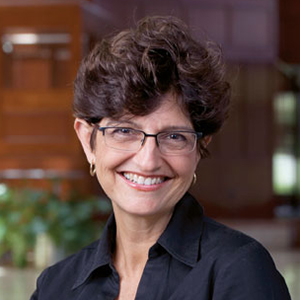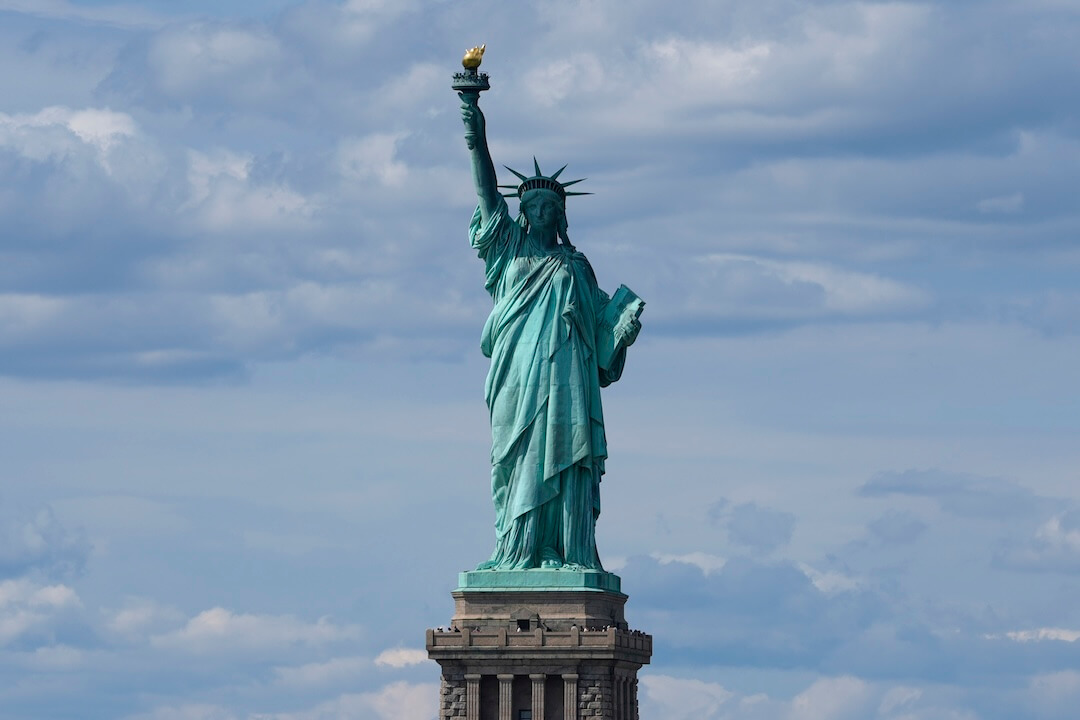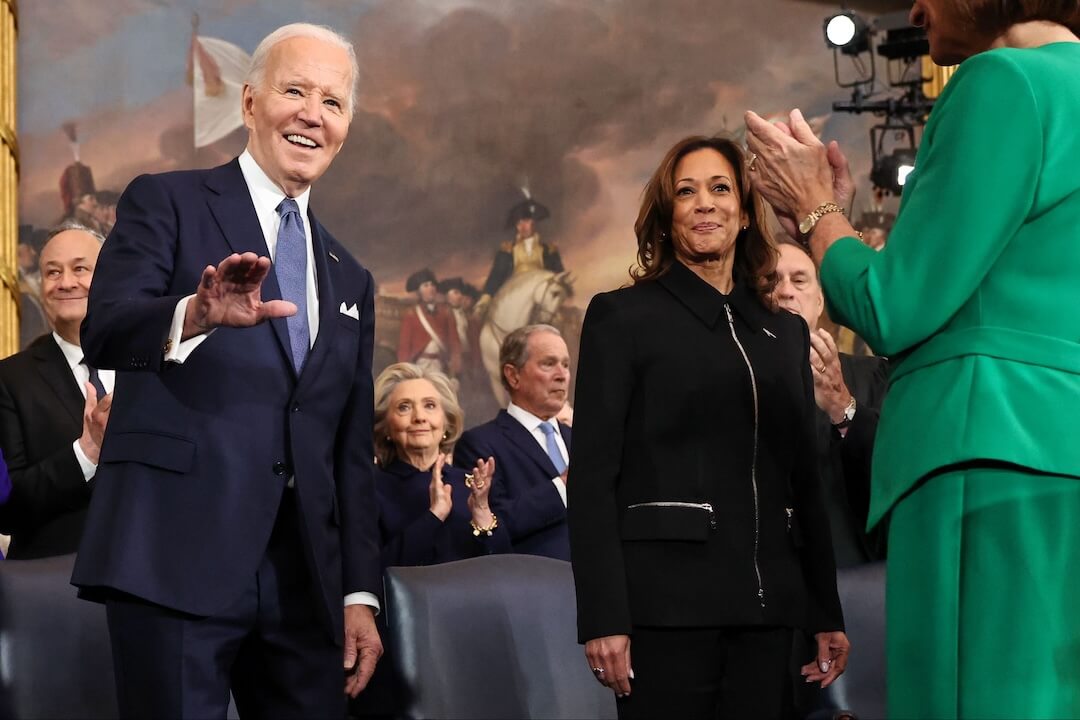It’s Election Day, and 538 electoral votes are up for grabs in the 2016 presidential campaign. My Poynter colleague Al Tompkins has created a short video about the Electoral College system. Here are highlights with what you need to know about covering the Electoral College, and why, when the polls close tonight, the election isn’t over.
- Each state has an allotted number of electors. The more populous states have more electors.
- A presidential candidate needs a majority of those electoral votes to be elected. The candidates have to put together a coalition from several states to secure a majority of votes.
- 48 states are winner-take-all. No matter how large or small the margin of victory in those states, all the electoral votes go to the winner.
- Electors are chosen by the political party in the state. They usually are loyal party members. By law, they cannot be federal employees or federal elected officials (such as U.S. senators or members of Congress).
- The electors in each state are scheduled to meet on Dec. 19 to vote for president and vice president. They will send their vote to the U.S. Senate on Jan. 6, 2017. The candidate with the most votes officially is the next president.
Taken from What Journalists Need to Know about the Electoral College, a video tutorial by Poynter’s Al Tompkins at Poynter NewsU.
Have you missed a Coffee Break Course? Here’s our complete lineup. Or follow along at #coffeebreakcourse.







